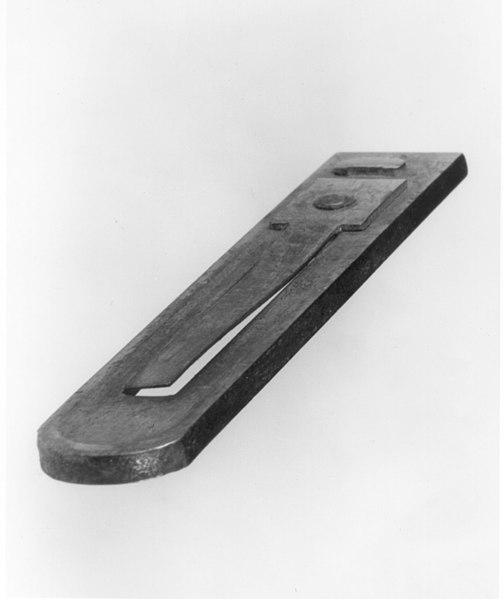The pump organ or reed organ is a type of free-reed organ that generates sound as air flows past a vibrating piece of thin metal in a frame. The piece of metal is called a reed. Specific types of pump organ include the American reed organ, the Indian harmonium, the physharmonica, and the seraphine. The idea for the free reed was derived from the Chinese sheng through Russia after 1750, and the first Western free-reed instrument was made in 1780 in Denmark.
John Church and Co. pump organ
A hand-pumped Indian harmonium, of the type used in South Asia, here used at a European jazz festival.
Chinese Sheng mouth organ.
Free reed from an 1860s melodeon.
A free reed aerophone is a musical instrument that produces sound as air flows past a vibrating reed in a frame. Air pressure is typically generated by breath or with a bellows. In the Hornbostel–Sachs system, it is number: 412.13. Free reed instruments are contrasted with non-free or enclosed reed instruments, where the timbre is fully or partially dependent on the shape of the instrument body, Hornbostel–Sachs number: 42.
The reeds of an early 20th-century button accordion, with closeup
Sheng with 17 pipes; height is 55 cm (22 inches)
Free reed from a Melodion, 1867






